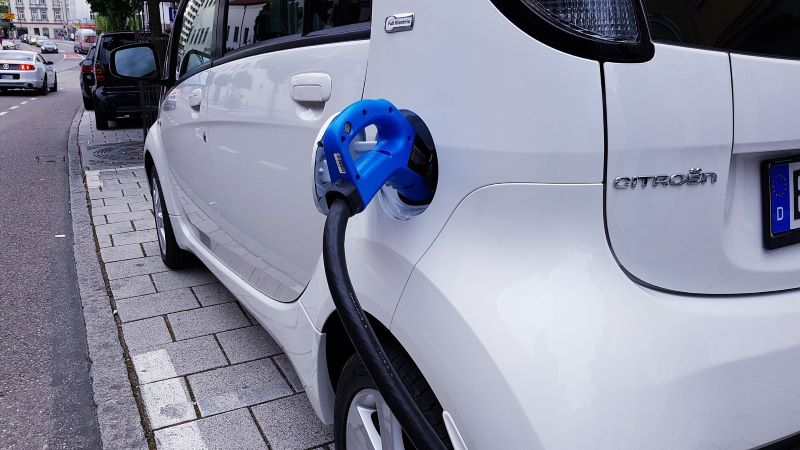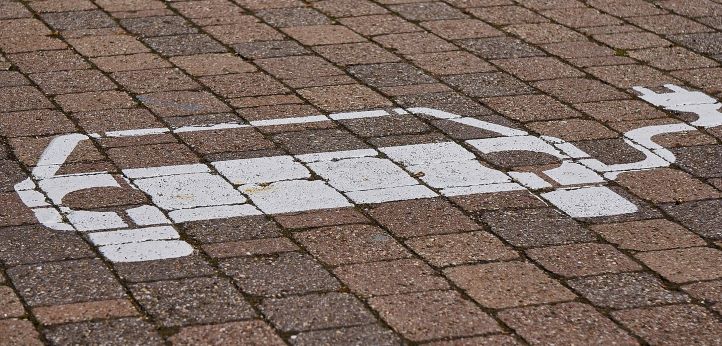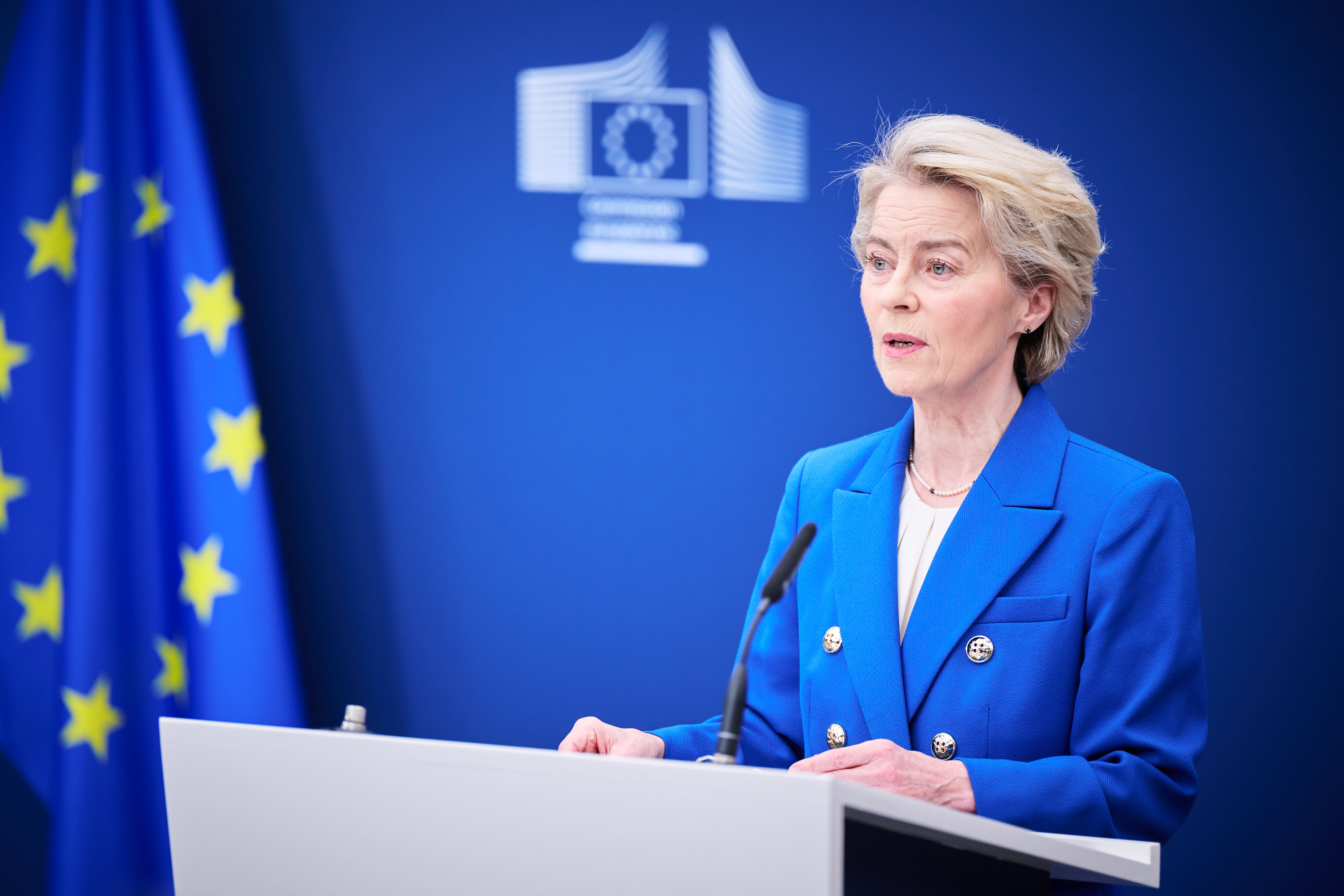In February, 89,846 new passenger cars with alternative drive systems were registered in Germany. This was an increase of 25 percent. Since the beginning of the year, 165,922 new alternatively powered passenger cars have taken to the roads (up 24 percent). This gave alternative drive systems a market share of 45 percent in February.
The strongest growth was recorded by purely battery-powered electric cars: up 55 percent to 28,306. 49,198 pure electric cars were added since the beginning of the year (up 42 percent). In addition, 21,583 new plug-in hybrids hit the roads in February. There was a slight decline here (down 1 percent). In the first two months, the decline in new registrations of plug-in hybrids amounts to 5 percent (40,483 units).
Reinhard Zirpel, President of the Association of International Motor Vehicle Manufacturers (VDIK), emphasized: “Alternative drive systems will continue to be on the rise in 2022. Purely battery-powered electric cars in particular are in great demand. However, there is still uncertainty about the subsidy conditions for electric vehicles from 2023 onwards. This is now having an increasing impact on purchasing behavior. The Federal Government should therefore quickly decide on the future framework conditions for electric vehicles and thus create planning certainty, in particular also by ensuring that in the future the date of the purchase contract and no longer the date of registration will again determine the granting of the bonus.”
The VDIK regularly updates the list of electric vehicles from international manufacturers. The VDIK member companies currently offer around 150 electric models (including passenger cars and commercial vehicles) that customers can order in Germany. The VDIK electric list can be accessed here.
In February, 37,890 hybrids without plugs were also newly registered (plus 23 percent). Since the beginning of the year, 73,116 new non-rechargeable hybrids have been registered, 31 percent more than in the same period last year. LPG vehicles are in high demand: In January and February, 2,586 new LPG-powered passenger cars were newly registered (up 312 percent). There were also 479 new natural gas passenger cars (down 25 percent).
In the overall passenger car market, the balance is shifting further in the direction of alternative drive systems. In 2022, they accounted for 43 percent of the total market. Pure gasoline engines accounted for 36 percent, and pure diesel 21 percent.
| February | January-February | |||||
|---|---|---|---|---|---|---|
| +/- (%) | +/- (%) | Share of total car market | ||||
| BEV | 28,306 | 55 | 49,198 | 42 | ||
| PHEV including: |
21,583 | -1 | 40,483 | -5 | ||
| PHEV – Petrol | 19,928 | 0 | 37,211 | -3 | ||
| PHEV – Diesel | 1,654 | -13 | 3,271 | -21 | ||
| FCEV | 40 | 43 | 60 | 67 | ||
| Electric Vehicles (total) | 49,929 | 24 | 89,741 | 16 | 23 | |
| HEV including: |
37,890 | 23 | 73,116 | 31 | ||
| HEV – Petrol | 24,546 | 29 | 47,379 | 41 | ||
| HEV – Diesel | 13,344 | 13 | 25,737 | 17 | ||
| CNG | 293 | -22 | 479 | -25 | ||
| LPG | 1,743 | 504 | 2,586 | 312 | ||
| Alternative Drivetrains (total) | 89,846 | 25 | 165,922 | 24 | 43 | |
| Petrol | 69,195 | -6 | 136,770 | 0 | 36 | |
| Diesel | 41,471 | -16 | 81,184 | -13 | 21 | |





